Imagine walking into a doctor’s office where the first “medical professional” to greet you has four paws, a wagging tail, and a nose that can detect diseases before the most advanced machines. This isn’t science fiction – it’s happening right now in laboratories and hospitals around the world. Dogs are revolutionizing medical diagnosis with their extraordinary ability to smell what we can’t even imagine, turning their natural gift into a life-saving superpower that’s leaving scientists amazed.
The Science Behind a Dog’s Incredible Nose

A dog’s nose contains roughly 300 million scent receptors, compared to our measly 6 million. That’s like comparing a smartphone camera to the Hubble Space Telescope. The part of their brain dedicated to processing smells is proportionally 40 times larger than ours, making them living, breathing chemical detection machines. When a dog sniffs, they’re not just smelling – they’re analyzing complex molecular signatures that tell stories we never knew existed. Their nostrils can even work independently, allowing them to determine which direction a scent is coming from with pinpoint accuracy.
How Disease Changes Our Body’s Chemical Signature
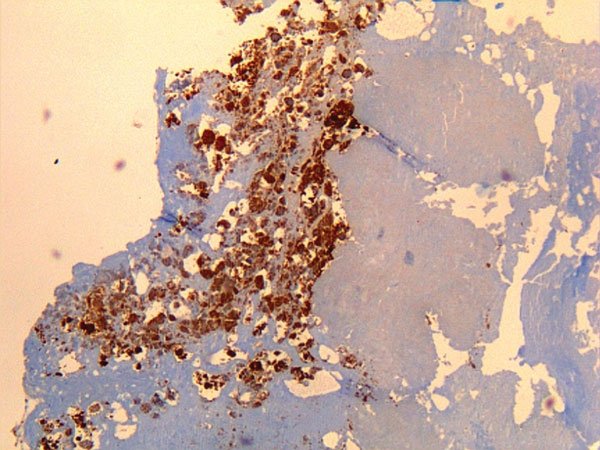
Every disease process in our body creates unique chemical fingerprints that float invisibly around us. Cancer cells, for instance, produce volatile organic compounds that are completely different from healthy tissue. COVID-19 infection alters our metabolic processes, creating distinct odor molecules that escape through our breath, sweat, and other bodily functions. Think of it like each disease having its own secret perfume – invisible to us, but as obvious as a neon sign to a trained dog. These chemical changes can appear before symptoms show up, making early detection possible through scent alone.
The Pioneering Cancer Detection Programs

In Finland, a groundbreaking program called “Wise Nose” has trained dogs to detect lung cancer from breath samples with over 97% accuracy. The dogs work in airport screening areas, analyzing passenger breath samples as they pass through security checkpoints. Medical Detection Dogs in the UK has been training dogs since 2008 to identify various cancers, including breast, prostate, and bladder cancer. Their success rates are so impressive that some hospitals are now incorporating canine screening into their diagnostic protocols. These programs are proving that man’s best friend might also be medicine’s most valuable ally.
COVID-19 Detection Through Canine Noses

When the pandemic hit, researchers quickly realized dogs could be trained to detect COVID-19 infections. Studies in Germany, Lebanon, and the United States showed dogs could identify positive cases with accuracy rates between 84% and 94%. The dogs can detect the virus even in asymptomatic people, potentially catching infections that might otherwise go unnoticed. Some airports and schools have already implemented COVID detection dogs as part of their screening processes. The speed of detection – just seconds per person – makes dogs incredibly efficient screening tools compared to traditional testing methods.
The Rigorous Training Process

Training a medical detection dog takes anywhere from 6 months to 2 years of intensive work. The process starts with basic scent recognition using positive samples from patients and negative control samples from healthy individuals. Dogs learn to signal their findings through specific behaviors like sitting, pointing, or touching a target with their paw. The training involves thousands of repetitions, with dogs practicing on breath samples, urine samples, or sweat samples depending on the disease they’re learning to detect. Trainers use positive reinforcement, rewarding correct identifications with treats, play, or praise to keep the dogs motivated and engaged.
Remarkable Success Stories in Cancer Detection

Lucy, a cross-breed rescue dog in the UK, detected her owner’s breast cancer three times – twice catching recurrences that medical scans missed. In another case, a trained detection dog named Marine consistently alerted to one specific spot on a woman’s leg, leading doctors to discover a tiny melanoma that was invisible to the naked eye. These aren’t isolated incidents – medical detection dogs have caught cancers that traditional screening methods overlooked, sometimes saving lives in the process. The emotional impact on patients who credit their dogs with early detection has created powerful bonds between humans and their four-legged diagnosticians.
The Challenges of Scent-Based Medical Diagnosis
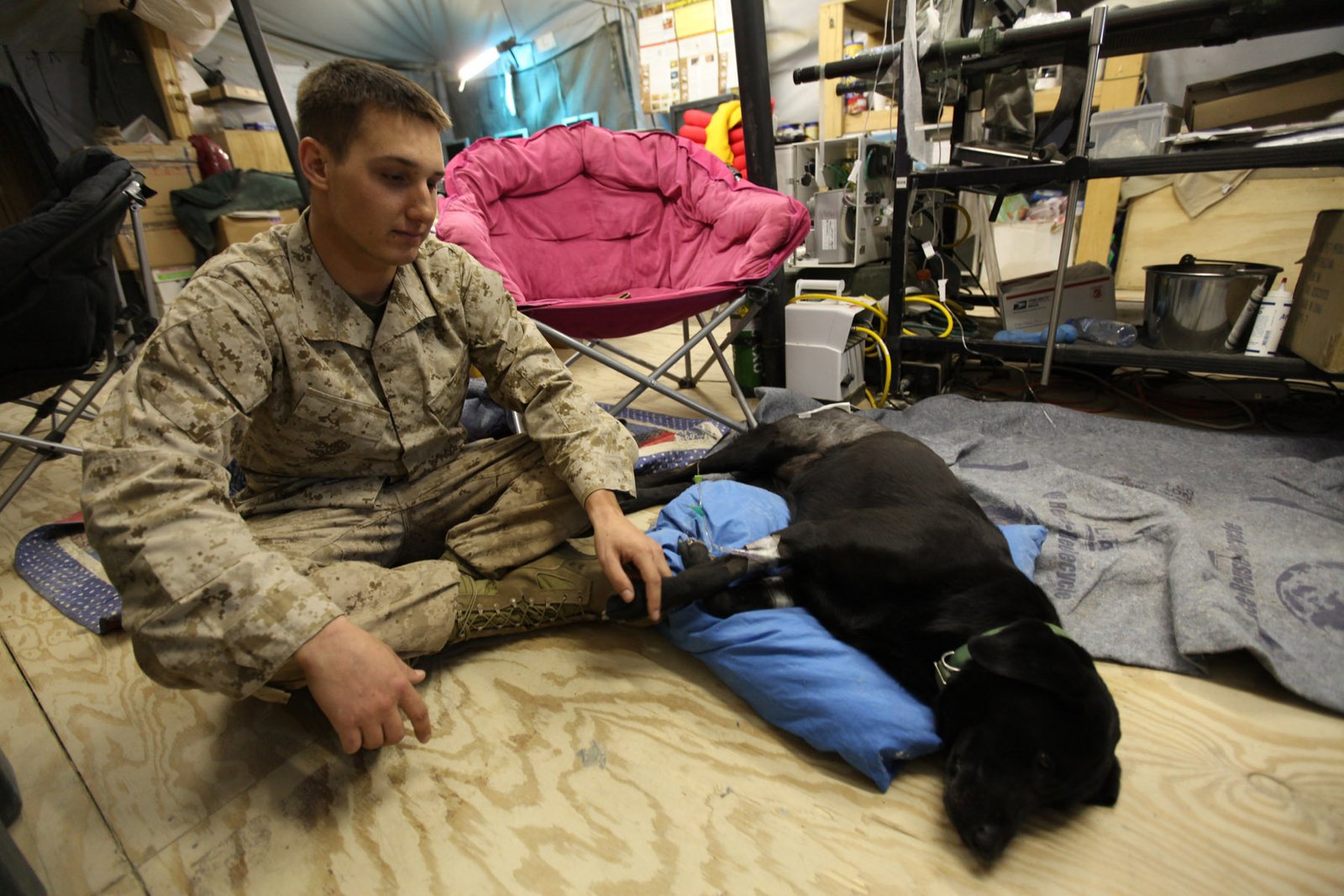
Despite their incredible abilities, medical detection dogs face several challenges in clinical settings. Dogs can have off days, just like humans, which means their accuracy isn’t 100% consistent. Environmental factors like strong perfumes, cleaning chemicals, or food odors can interfere with their detection abilities. The dogs also require constant training and practice to maintain their skills, making them resource-intensive compared to machines. Additionally, some people are afraid of dogs or have allergies, which limits where canine detection can be implemented in healthcare settings.
Comparing Dogs to Traditional Diagnostic Methods
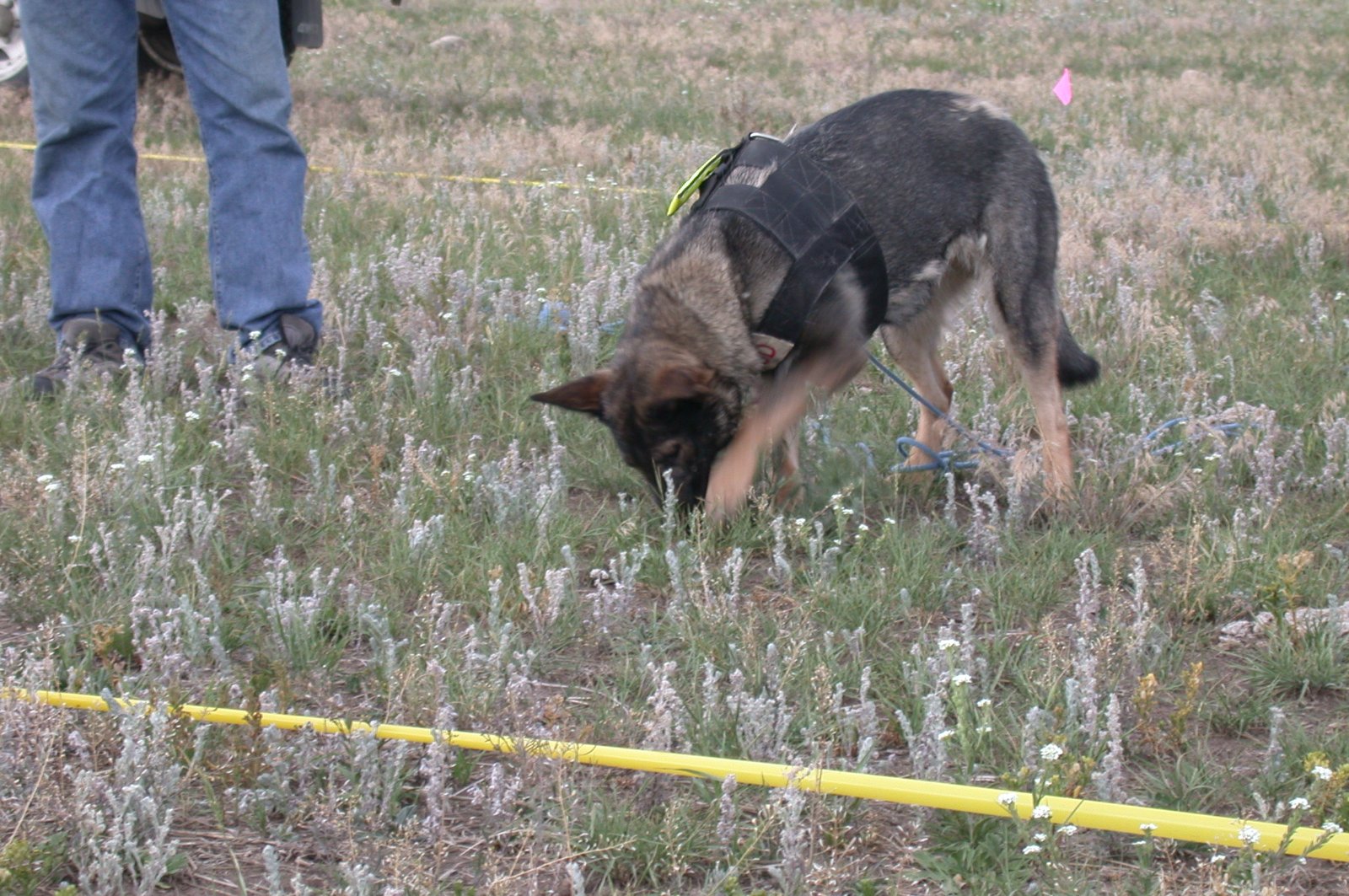
While MRI machines cost millions and CT scanners require radiation exposure, a dog’s nose requires only treats and belly rubs for maintenance. Blood tests for cancer markers can take days to process, but a dog can give results in seconds. However, traditional medical equipment provides specific, quantifiable data that dogs cannot match. The accuracy of medical imaging continues to improve with technology, while dog performance can vary based on mood, health, and environmental factors. The ideal future likely combines both approaches – dogs for rapid screening and traditional methods for detailed diagnosis and treatment planning.
Real-World Applications in Hospitals and Clinics

Several medical facilities worldwide have integrated detection dogs into their diagnostic workflows. The Penn Vet Working Dog Center partners with hospitals to provide canine screening services for various conditions. Some oncology departments use dogs to help identify patients who might need immediate testing or treatment. Mobile detection units with trained dogs visit rural communities where access to advanced medical equipment is limited. These real-world applications are proving that medical detection dogs aren’t just laboratory curiosities – they’re practical tools that can improve patient outcomes in everyday healthcare settings.
The Future of Electronic Noses

Scientists are working to create artificial “electronic noses” that mimic canine scent detection abilities. These devices aim to identify the same volatile organic compounds that dogs can smell, but with consistent, 24/7 reliability. Current prototypes show promise but still can’t match the sensitivity and versatility of biological noses. The goal isn’t to replace dogs entirely, but to complement their abilities with technology that can work in environments where live animals aren’t practical. Some researchers believe hybrid systems combining canine detection with electronic verification might offer the best of both worlds.
Training Different Breeds for Medical Detection

While any dog can potentially be trained for medical detection, certain breeds show particular aptitude for the work. Labrador Retrievers and German Shepherds are popular choices due to their intelligence, trainability, and strong work drive. Beagles excel at scent work because of their hunting heritage and persistent nature. However, mixed breeds and rescue dogs have also proven highly successful, sometimes outperforming purebreds in detection accuracy. The individual dog’s personality, motivation, and bond with their trainer often matter more than breed characteristics when it comes to medical detection success.
International Research and Collaboration
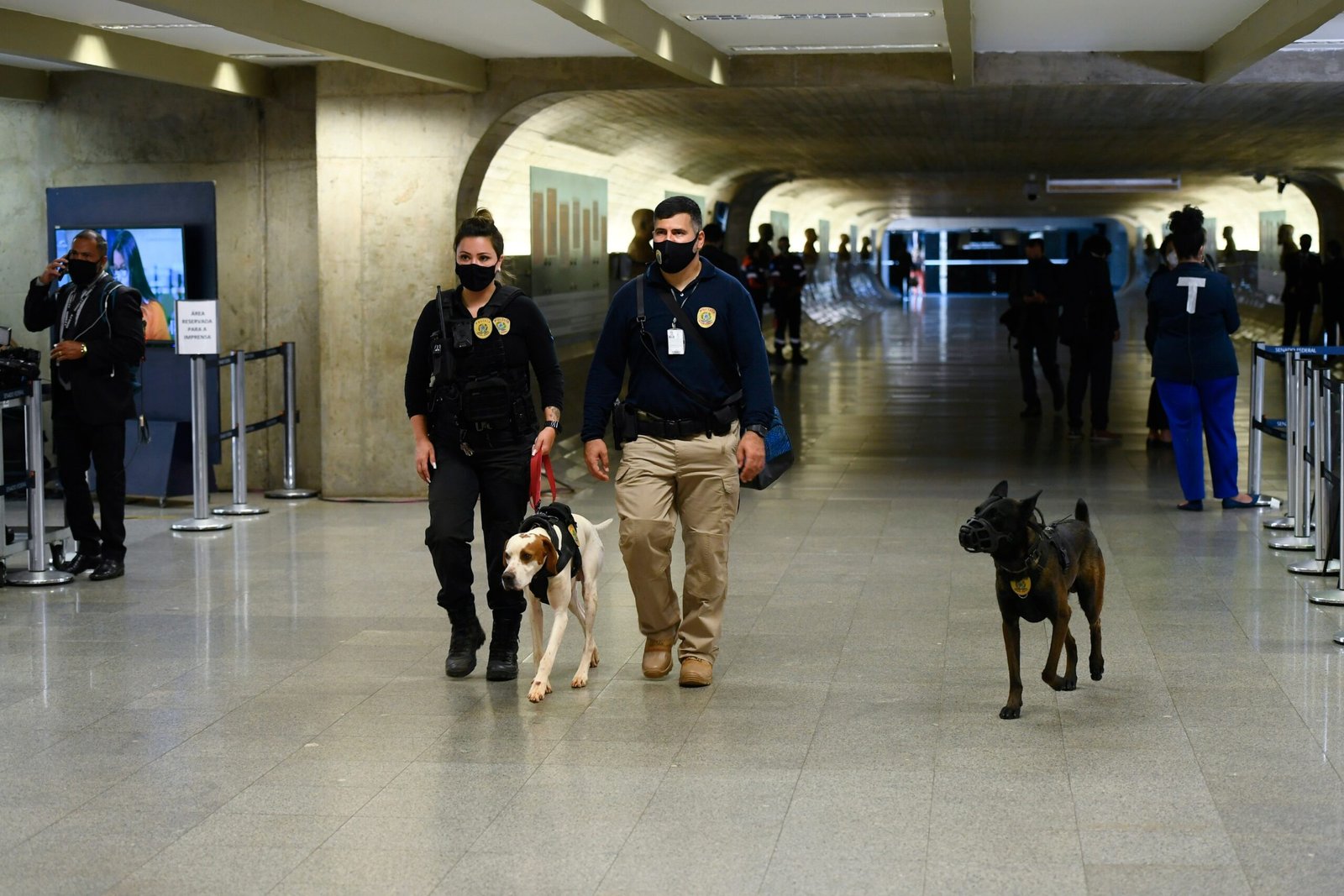
Countries around the world are sharing research and training techniques to advance medical detection dog programs. The International Association of Animal Behavior Consultants has established standards for training medical detection dogs. Research collaboration between institutions in Europe, North America, and Asia is accelerating the development of new detection protocols. Some countries are creating national programs to train and deploy medical detection dogs in their healthcare systems. This international cooperation is helping establish best practices and ensuring that successful techniques are shared globally rather than remaining isolated in individual research centers.
The Economics of Canine Medical Detection
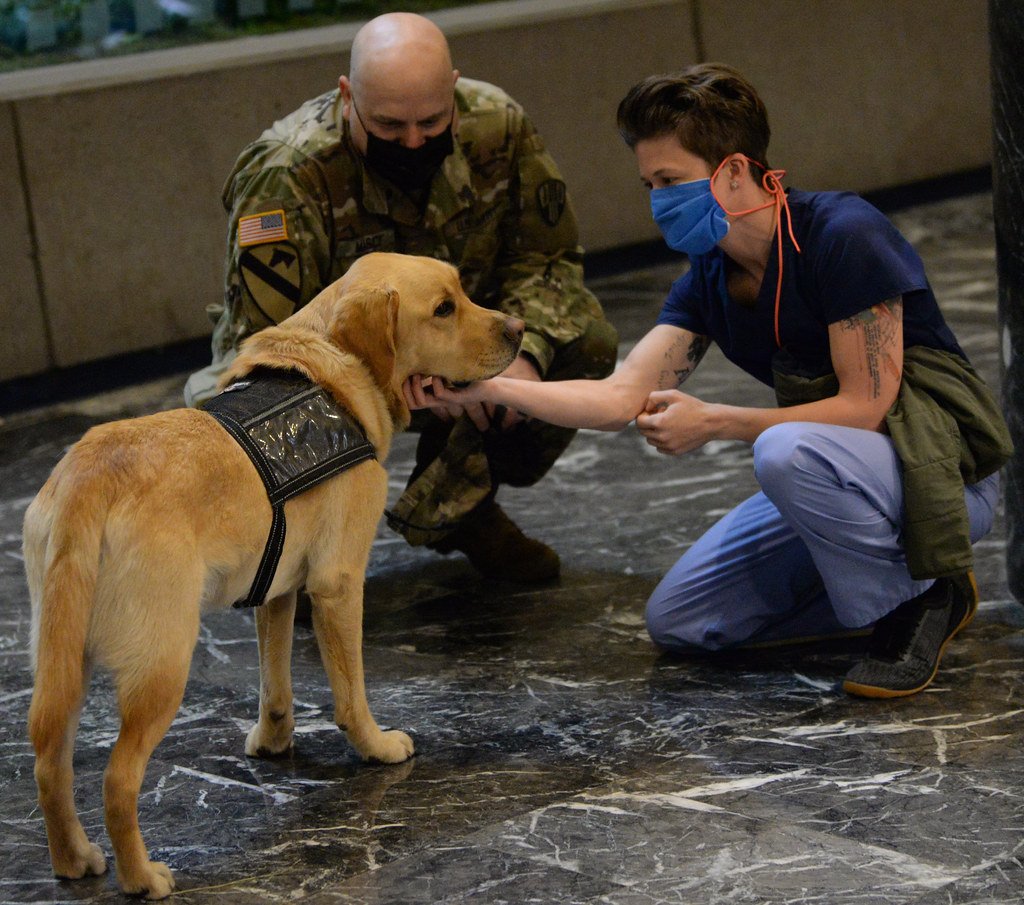
Training and maintaining one medical detection dog costs approximately $20,000 to $30,000 annually, including food, veterinary care, training, and handler salaries. While this might seem expensive, it’s significantly less than purchasing and maintaining medical imaging equipment. A single trained dog can screen hundreds of people per day, making the cost per screening remarkably low. Insurance companies are beginning to recognize the value proposition, with some covering canine screening services as preventive care. The economic benefits become even more compelling when considering the cost savings from early disease detection and treatment.
Ethical Considerations and Animal Welfare
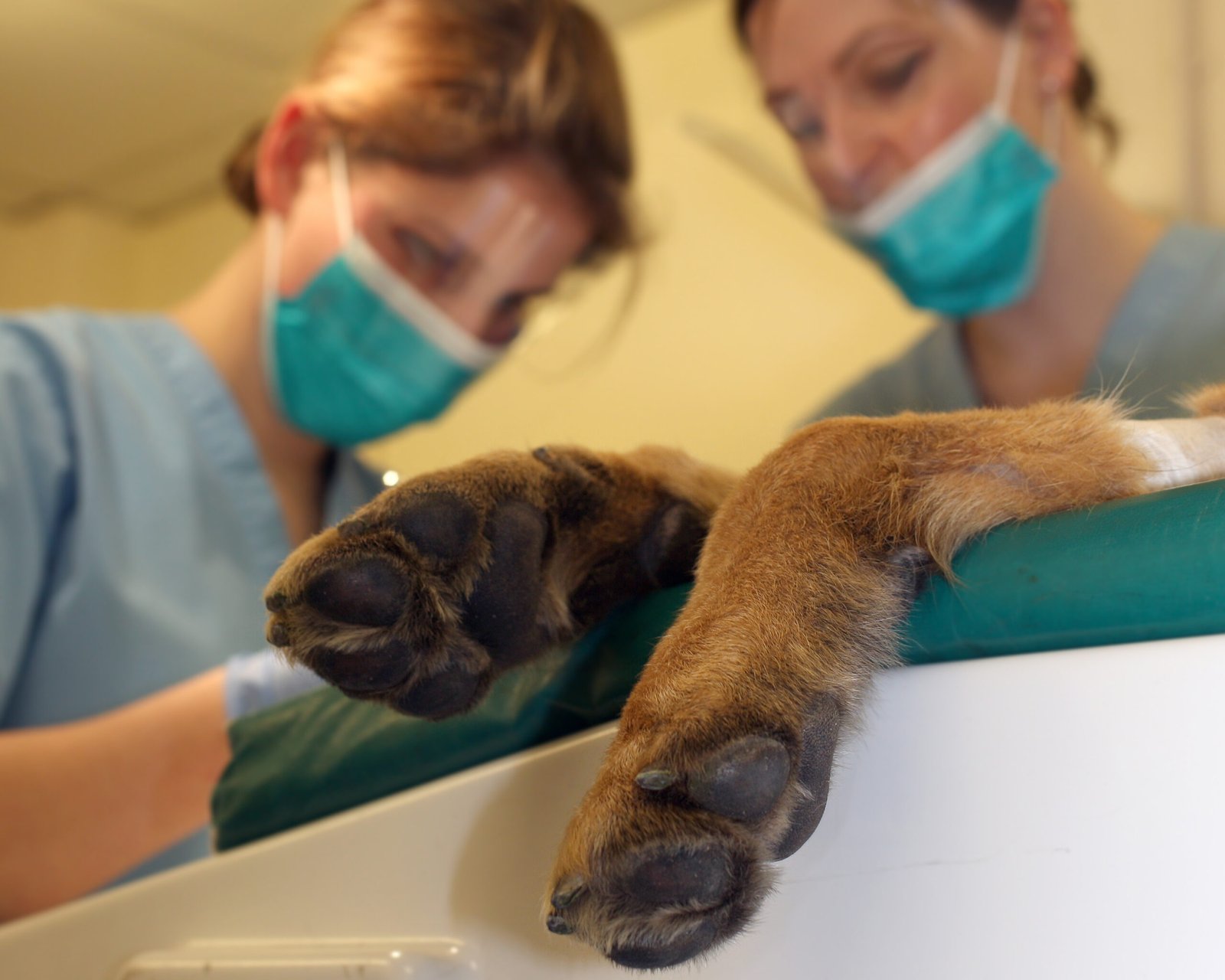
Using dogs for medical detection raises important questions about animal welfare and consent. Critics argue that dogs don’t choose to work in medical settings and may experience stress from constant exposure to illness-related scents. Supporters counter that many detection dogs clearly enjoy their work, showing enthusiasm and pride in successful detection. Professional training programs emphasize positive reinforcement and ensure dogs receive adequate rest, play time, and veterinary care. The debate continues about whether the benefits to human health justify using animals in this capacity, even when the animals appear to thrive in their roles.
Patient Reactions and Acceptance
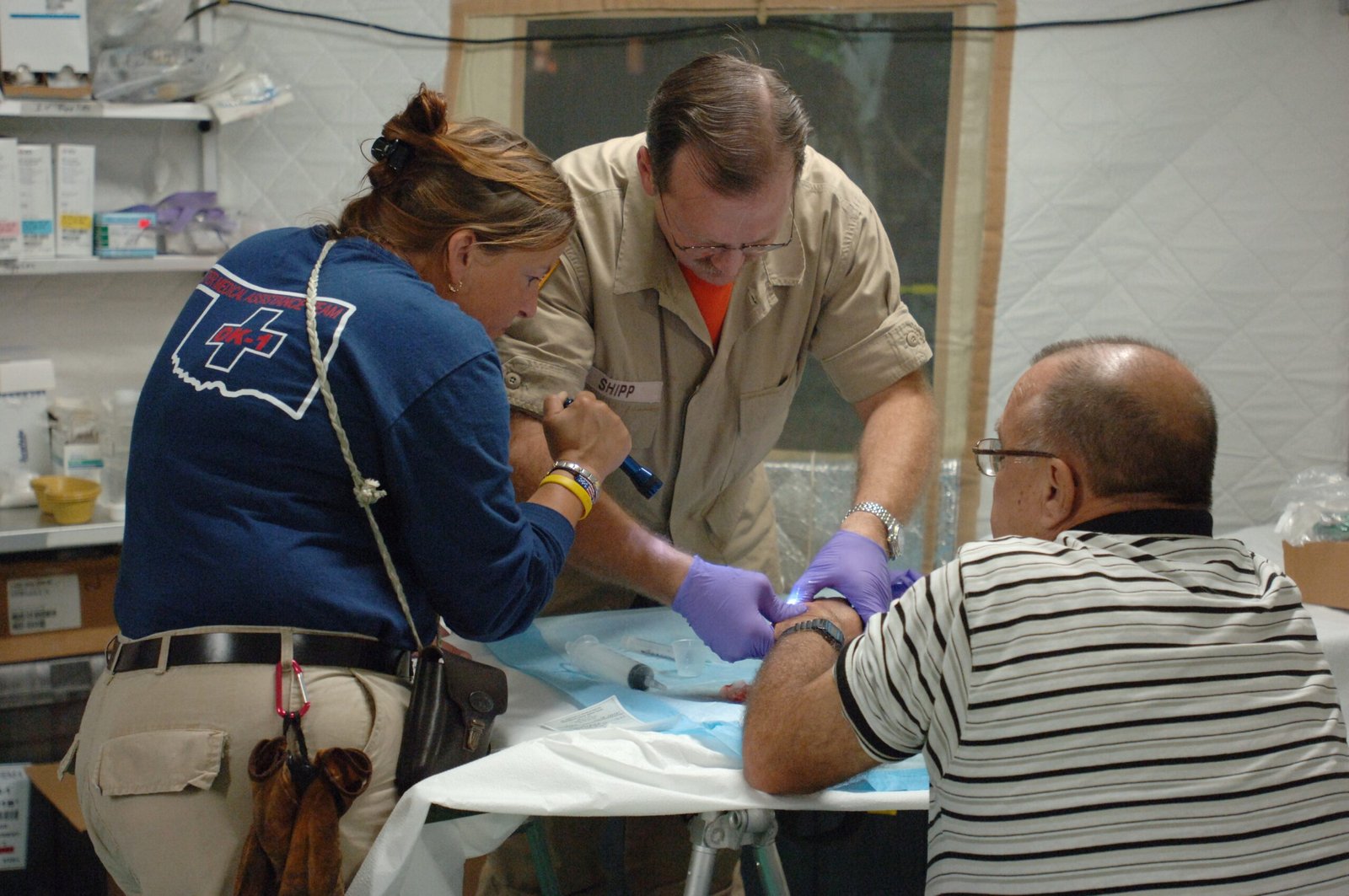
Patient responses to medical detection dogs vary widely, from excitement and comfort to anxiety and skepticism. Many patients find the presence of a friendly dog reduces their stress about medical procedures and testing. However, some worry about the reliability of canine detection compared to traditional medical tests. Cultural attitudes toward dogs also influence acceptance – in some societies, dogs in medical settings are readily embraced, while others view it as unusual or inappropriate. Healthcare providers are learning to communicate the science behind canine detection to help patients understand and accept this innovative diagnostic approach.
Legal and Regulatory Frameworks

Medical detection dogs operate in a complex regulatory environment that varies by country and jurisdiction. In the United States, the FDA hasn’t yet approved dogs as official medical devices, limiting their use to research and complementary screening. European countries have more flexible regulations, allowing dogs to be integrated into healthcare systems more readily. Legal questions arise about liability if a dog misses a detection or gives a false positive result. Professional organizations are working to establish certification standards and insurance frameworks to support the responsible use of medical detection dogs in healthcare settings.
The Next Frontier in Disease Detection

Researchers are exploring whether dogs can detect other conditions beyond cancer and COVID-19. Early studies suggest dogs might be able to identify Parkinson’s disease, diabetes, and certain infections through scent. Some dogs have shown ability to predict seizures or detect changes in blood sugar levels in their diabetic owners. The potential applications seem limitless as scientists discover more about how diseases alter our chemical signatures. Future medical detection dogs might serve as early warning systems for a wide range of health conditions, revolutionizing preventive medicine through their remarkable noses.
Global Impact and Accessibility
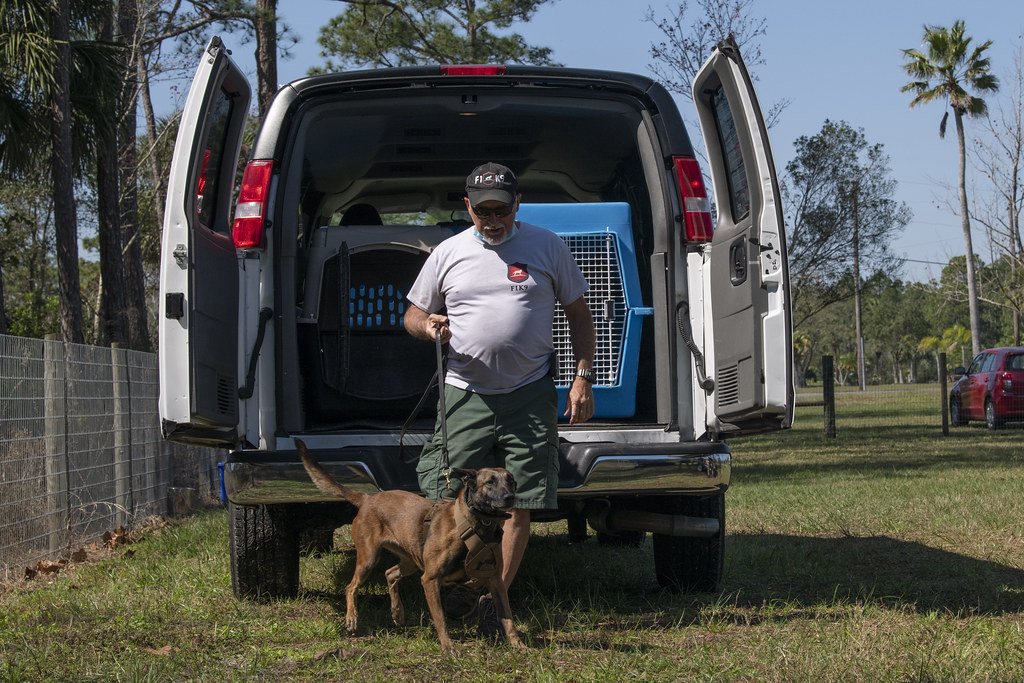
Medical detection dogs could democratize healthcare access in underserved regions where expensive diagnostic equipment isn’t available. Rural communities, developing nations, and remote areas could benefit from portable, reliable disease screening through trained dogs. The relatively low cost and portability of canine detection make it an attractive option for global health initiatives. However, challenges remain in training local handlers and maintaining consistent standards across different cultural and geographic contexts. International health organizations are exploring how to scale successful medical detection dog programs to reach the world’s most vulnerable populations.
These four-legged medical detectives are rewriting the rules of early disease detection, proving that sometimes the most advanced technology comes with fur and a wagging tail. As research continues and training programs expand, we’re likely to see more hospitals welcoming these remarkable animals as valued members of their medical teams. The nose knows, and in this case, it might just save your life – isn’t that something worth sniffing out?




